Funk Firm Vector 3 - £1,800

The Funk Vector is based on a very simple chassis made into a curvy shape and with a DC motor controlled electronically – fine control for each speed is available via a small screwdriver adjustment just behind the speed switch.
The ‘Vector’ part of the name refers to the Vector drive system, which uses two small idler pulleys in the belt path, in addition to the motor. The idea is to balance out the sideways pull from the belt so that the platter is less inclined to ‘precess’ around the spindle. A flat belt is used, which in principle should be more stable than a round-section belt, though the one on our review sample showed some tendency to twist.
Mounted on the metal subplatter is the main platter, made of Funk’s ‘Achromat’ material which is a foamed plastic, designed to match the acoustic impedance of an LP and absorb mechanical vibrations efficiently from it and quickly turning them into heat thanks to its irregular structure.
New for this test is the FXR II tonearm, which we have been waiting for since about the mid-1990s, when we first heard Arthur Khoubessarian’s exposition of its design principles. Again, it is intended to be less resonant than conventional arms.
Funk’s answer to the problem of resonance uses a simple tube, quite thin-walled, braced internally with an X-section beam which contacts the tube along its length. It is mounted in a bearing assembly which is, in fact, that of a Rega arm, though with even higher-precision bearings than the (very good) ones that Rega normally uses.
In use it behaves much like a Rega, though the headshell is a slightly fiddly assembly using a mounting plate to fix the cartridge to a single slot on the end of the arm tube.
Sound qualityOpinion was rather sharply divided over this deck’s merits, one listener finding it evenly balanced across various aspects of performance, but ultimately a little bland, one liking it for its good tonality and detail and a third commenting several times on ‘lifeless’ and uninvolving sound.
This degree of variation between listeners is not unusual: different people are bugged by different aspects of performance and that’s clearly the case here. What makes it interesting is finding out just what appealed to, or appalled, each listener.
The listener who was most impressed, valued analytical virtues in this turntable and we also felt from our sighted listening that it is at its best recovering the detail from a disc. Where it’s not quite so assured is in presenting lifelike images of the music as it happens. One listener suggested that there might be a little pitch inconsistency in the sound and we would also concur with that. Perhaps, as a result of that the bass is not quite as assured and solid as some of the other decks can manage.
Imaging is fair, with good lateral separation but rather limited depth. Surface noise is particularly low, something we’d attribute, not least, to the arm’s lack of resonance. There are things to admire here, but overall this deck didn’t entirely convince us.
LIKE: Very good at resolving fine detail
DISLIKE: Speed seems inconsistent over time and bass can sound a little weak
WE SAY: Full of intriguing technology, but doesn’t entirely live up to its promise
DETAILS
Origin: UK
Weight: 4kg
Dimensions: (WxHxD) 450x110x380mm
Features:
• 33/45rpm
• Electronic speed change
• Fine speed control
• Captive arm lead
• No lid available
Distributor: The Funk Firm
Telephone: 01273 585042
Website: thefunkfirm.co.uk
 |
Inside this month's issue: Arcam Radia A25 integrated amp, iFi Audio iDSD Diablo 2 DAC/headphone amp, Eversolo DMP-A8 streamer/DAC/preamp, Line Magnetic LM-845IA valve amp, Record Store Day Spring Drop, standmount loudspeaker Group Test and much, much more
|

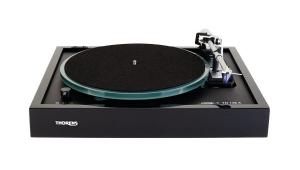
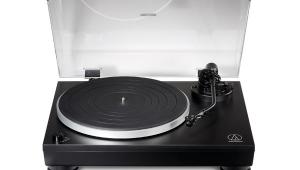




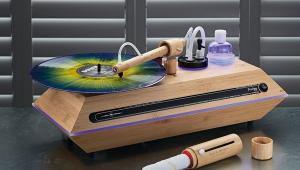


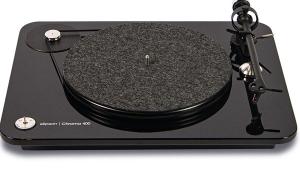




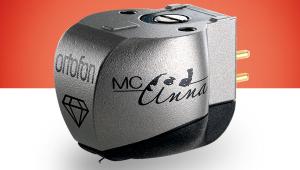




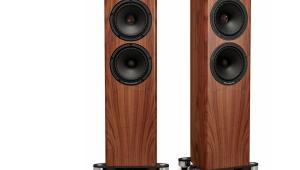


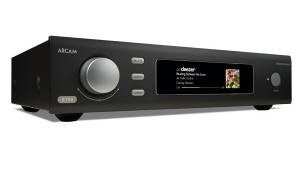














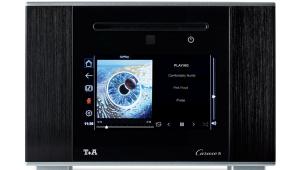




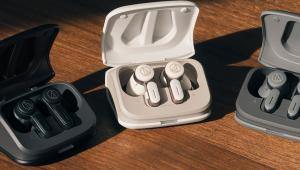


.jpg)



